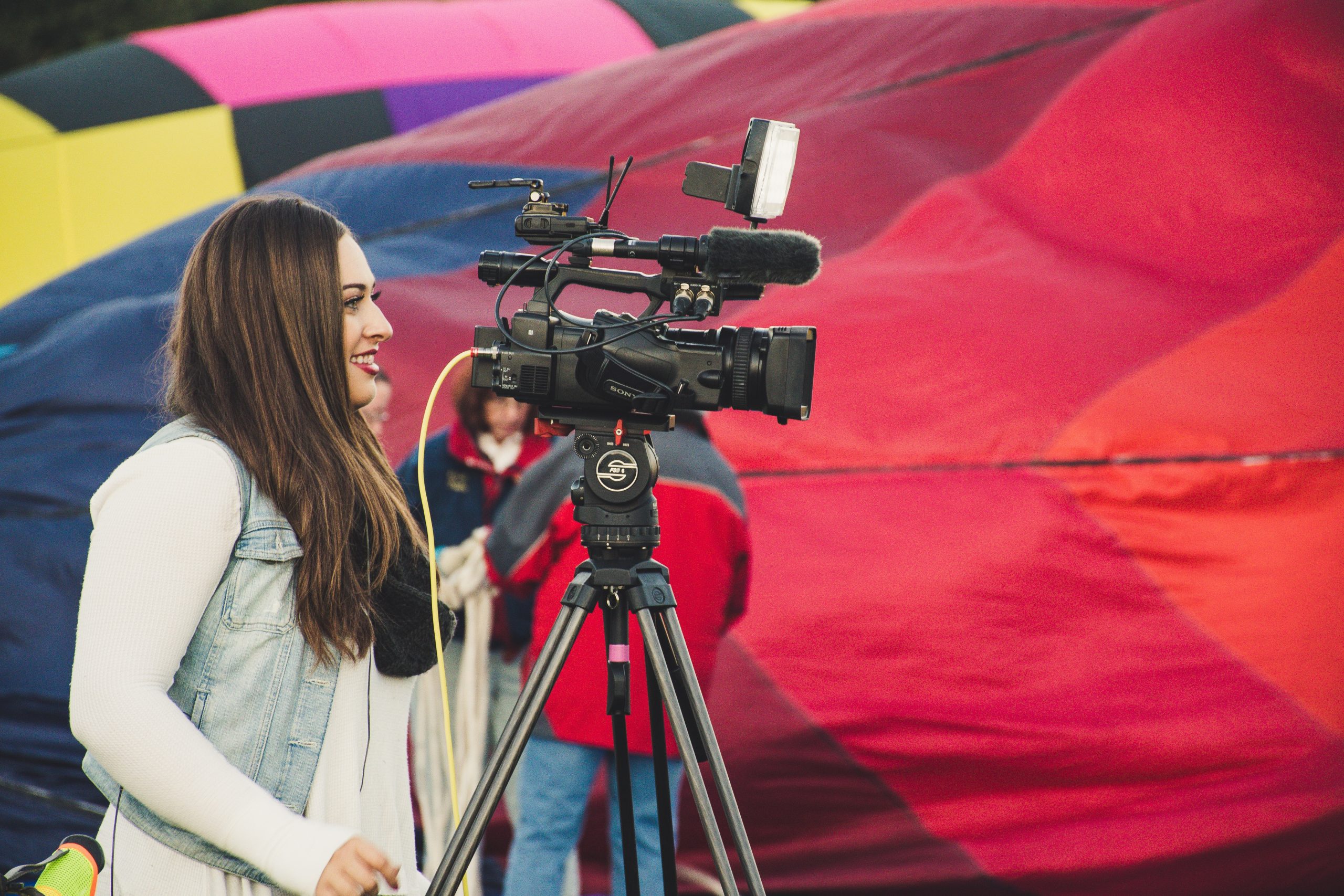In today’s age of information overload, we are constantly exposed to news from all corners of the world. However, with the rise of social media and digital platforms, fake news has become a disturbingly common phenomenon. It spreads like wildfire and erodes trust in journalism. In this blog post, we will explore what fake news is, how it originated, how it spreads and most importantly, its impact on society as a whole. Join us as we delve into the dark side of modern-day journalism and discover ways to fight against it.
What is Fake News?
Fake news refers to fabricated or misleading information that is presented as genuine news. It can be created intentionally to misinform, deceive and manipulate the public for personal gain or hidden agendas.
Fake news often spreads rapidly on social media platforms through likes, shares and retweets. This phenomenon has become even more prevalent in recent times due to advancements in technology and the ease of sharing information online.
One of the key characteristics of fake news is its ability to evoke strong emotions such as anger or fear among readers. This leads people to share it without verifying its authenticity, thereby perpetuating false narratives.
Fake news undermines trust in traditional media outlets who strive for accuracy and unbiased reporting. Furthermore, it poses a threat to democracies by influencing public opinion and swaying election results.
To combat this growing issue, it’s important for individuals to verify sources and fact-check before sharing any information online. Additionally, tech companies must take responsibility by implementing measures that prevent fake news from spreading on their platforms.
The Origins of Fake News
The origins of fake news can be traced back to the early days of print media, where sensationalist headlines and stories were used to increase circulation. However, with the rise of social media and online news sources, the spread of fake news has become easier than ever before.
One major factor in the origins of fake news is confirmation bias. People are more likely to believe information that confirms their existing beliefs or biases, even if it’s false. This has led to the creation of echo chambers where people only consume information that supports their worldview.
Another contributing factor is the profit-driven nature of many media organizations. In an effort to generate clicks and revenue, they may prioritize sensational or controversial stories over accurate reporting.
Political agendas have played a role in spreading fake news as well. During elections or other contentious political moments, candidates or interest groups may intentionally spread false information about their opponents in order to gain an advantage.
Understanding how fake news originated helps us better understand how we can combat its spread today.
How Fake News Spreads
Fake news can spread like wildfire on social media platforms, where people are more likely to share information without verifying its authenticity. The algorithms used by these platforms also contribute to the problem by promoting sensationalist content that generates clicks and engagement.
A key factor in the spread of fake news is confirmation bias. People tend to believe information that confirms their existing beliefs and biases, even if it’s not true. Fake news creators take advantage of this tendency by creating stories that appeal to specific groups or ideologies.
Another tactic used by fake news creators is clickbait headlines. These headlines are designed to capture attention and generate clicks, regardless of whether the story itself is accurate or not. Once people click on a link, they may be directed to a website filled with ads and further misinformation.
Fake news can also be amplified through the use of bots and other automated accounts on social media platforms. These bots can create an artificial sense of consensus around a particular topic or viewpoint, making it seem more widely accepted than it actually is.
In order to combat the spread of fake news, we need to be vigilant about verifying information before sharing it online. We should also hold social media companies accountable for their role in promoting misleading content and work together as a society towards building greater trust in journalism as well as digital literacy skills among individuals
The Impact of Fake News
The impact of fake news is significant and far-reaching. It undermines the public’s trust in journalism, which is a cornerstone of democracy, and can have dangerous consequences.
One major impact of fake news is that it can spread quickly and easily through social media platforms. This means that false information can reach millions of people within minutes, creating confusion and panic.
Fake news also contributes to political polarization by fostering extremist views and dividing communities. People who consume fake news tend to be less informed about important issues, making them more susceptible to propaganda campaigns.
Moreover, fake news stories often have real-world consequences. For example, misinformation about COVID-19 has led some people to refuse vaccines or ignore public health guidelines, putting themselves and others at risk.
The erosion of trust in journalism caused by fake news could lead to a decline in professional reporting as fewer people rely on reputable sources for their information.
The impact of fake news cannot be understated. We must take steps to combat its spread before it causes irreparable harm to our society.
Fighting Fake News
The rise of fake news has made it more challenging to identify reliable sources of information. However, there are ways we can fight back against this phenomenon.
Firstly, media literacy is crucial in combating fake news. It’s important for people to be able to critically analyze the content they consume and question its validity. Schools and institutions should provide resources and training on how to spot fake news.
Secondly, social media platforms must take more responsibility in regulating content by implementing fact-checking systems or warning labels on false information. This approach would help to minimize the spread of misinformation online.
Thirdly, journalists have an important role in fighting fake news by providing well-researched stories with credible sources while avoiding sensationalism that feeds into clickbait culture.
Individuals need to play their part too by being responsible sharers of information online. Before sharing any piece of content on social media or other platforms, we should fact-check it first using reputable sources such as established news outlets or fact-checking websites like Snopes or FactCheck.org.
Fighting fake news requires a collaborative effort from everyone involved – from educators and tech companies right down to individual readers and viewers who demand more trustworthy journalism.
Conclusion
In today’s world where information is readily available at our fingertips, it can be challenging to distinguish between real and fake news. The spread of fake news has become a menace that threatens the credibility of journalism as well as the trust between media outlets and their readers.
Fake news stories have been around for centuries, but with the advent of social media, it has become easier than ever to spread false information. The impact of fake news can be far-reaching; from damaging reputations and causing financial losses to influencing elections and inciting violence.
To fight back against this problem, we all have a responsibility to verify any piece of information before sharing it on social media or other platforms. Media outlets also need to take steps such as fact-checking every story they publish and being transparent about their sources.
The rise in fake news highlights the importance of accurate reporting and trustworthy journalism. By working together to combat this issue, we can help preserve integrity in our society’s most important institutions: our free press.




